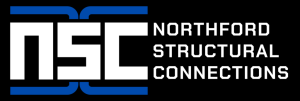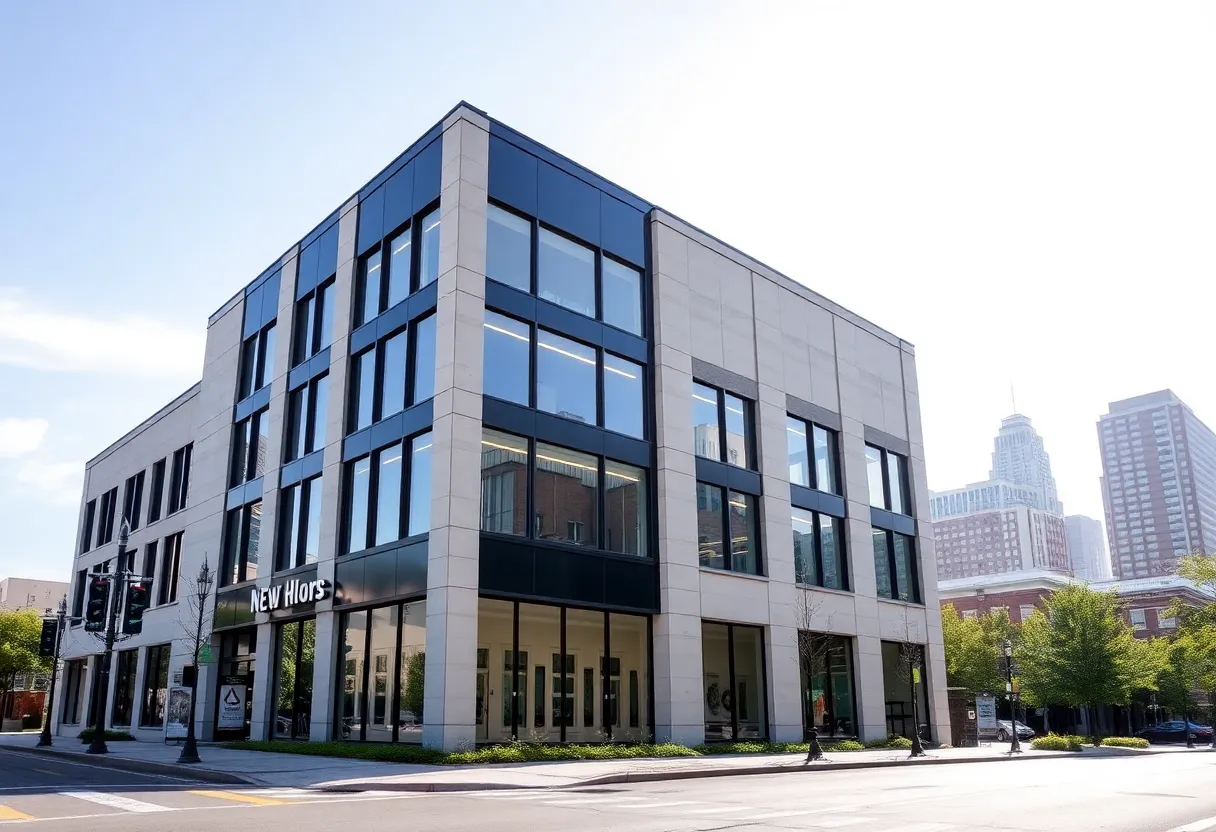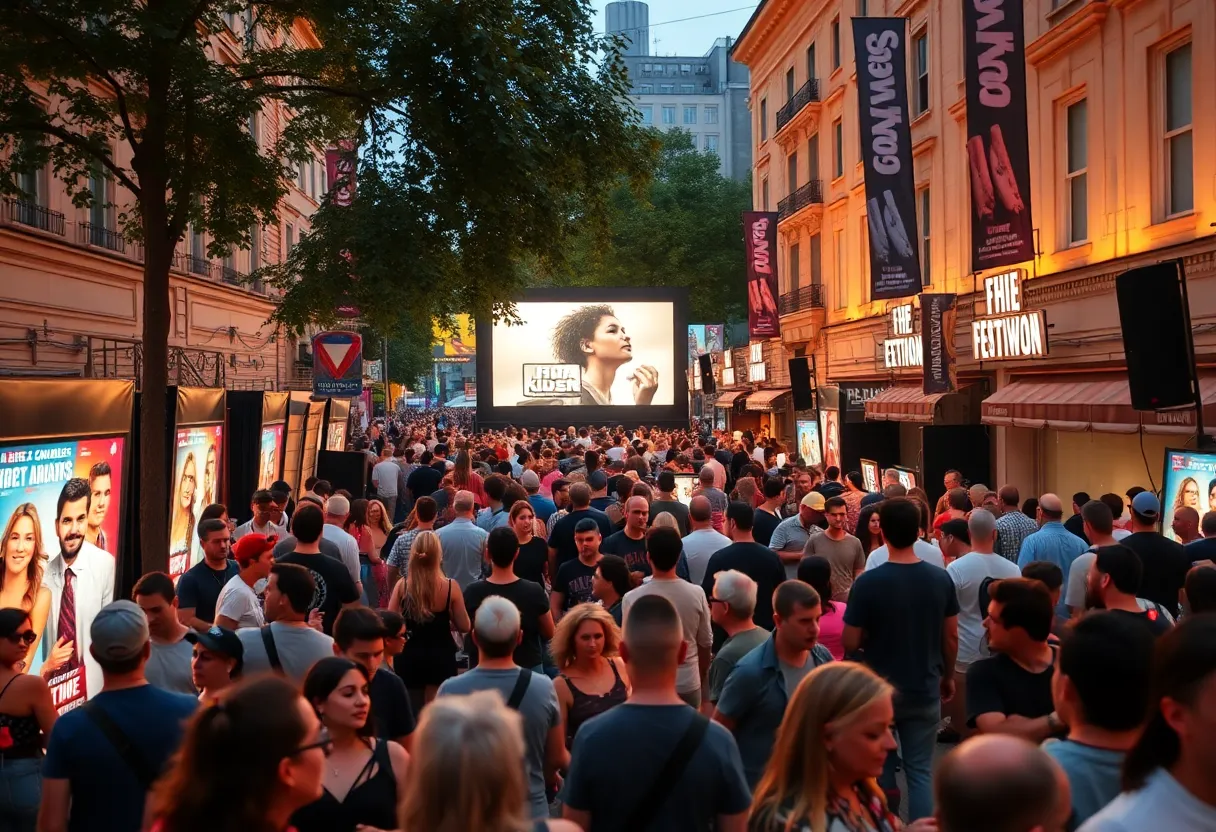New Rochelle, NY: The Importance of Innovation in Commercial Façade Design
When it comes to commercial architecture, one of the first things that catches the eye is the façade. It’s not just about looks; getting the façade right is a crucial decision that impacts almost every other aspect of a project. Architects often find themselves pondering the various factors that can influence this vital design choice. Budget, energy efficiency, structural integrity, sustainability, and installation speed are just a few of the many dimensions that come into play.
Navigating the Design Maze
It’s no surprise that talented architects from firms like SBJ Group and MHS Architects have plenty of experience in navigating this complicated landscape. Their journey is enlightening, especially when you consider the unique challenges faced in three major projects in New Rochelle and its neighboring areas.
The projects of HighGarden Tower in New Rochelle, Hamilton Cove in Weehawken, NJ, and Nine on the Hudson in West New York, NJ highlight how each team managed to arrive at a similar solution for cladding their buildings. Despite differing objectives, they all chose a patented field-proven system renowned for its durability and style: a precast concrete system that is lighter and easier to install than traditional options.
Why Lightweight Matters
In the world of architecture, time is money, and the faster you can get a project completed, the better. This is where SlenderWall comes into play. Chris Grogan, a seasoned expert with over 35 years in the field, emphasizes the advantages it brings to the table. This precast concrete cladding system weighs one-third of traditional panels, allowing for quicker installation.
“The SlenderWall system not only saved time but also money,” explains Grogan. The integration of heavy-duty galvanized steel studs and closed-cell foam insulation streamlines the installation further, making the entire process much more efficient. Architects often face pressure from budget constraints, labor shortages, and high material costs. The SlenderWall system appears to be the ideal solution in such situations.
How Does it Work?
So, how does it achieve such remarkable results? The embedded PVA fiber and welded-wire reinforcement make the panels lighter while maintaining structural integrity. This enhanced design can reduce installation times by up to 50%. Plus, the system simplifies crane use and adds savings of about 60% on shipping costs. These benefits contribute to an overall smoother project workflow.
Real-World Applications
Take the HighGarden Tower project, for instance. Grogan points out that it exemplifies how the SlenderWall system delivers a “one-and-done solution.” Each panel acts as a comprehensive answer to the architectural needs, helping owners stay within budget and time constraints while meeting project requirements.
As we think about the future of commercial architecture and the intricacies of façade design, the importance of cladding cannot be overlooked. When exploring façade alternatives, remember that the challenges from exterior wall systems vary substantially. But few can match the performance of the SlenderWall system in terms of compliance, installation speed, and resilience against extreme weather.
Final Thoughts
The journey to achieve an effective and attractive façade isn’t easy, but it is important. Architects must think creatively while adhering to strict project goals. Innovative materials and systems, like SlenderWall, not only ease the burden but usher in a new era of building design that is as efficient as it is beautiful.
So, as we observe the evolving skyline of New Rochelle and its surroundings, one thing is clear—the façade is more than just a pretty face; it’s foundational to successful architecture.







